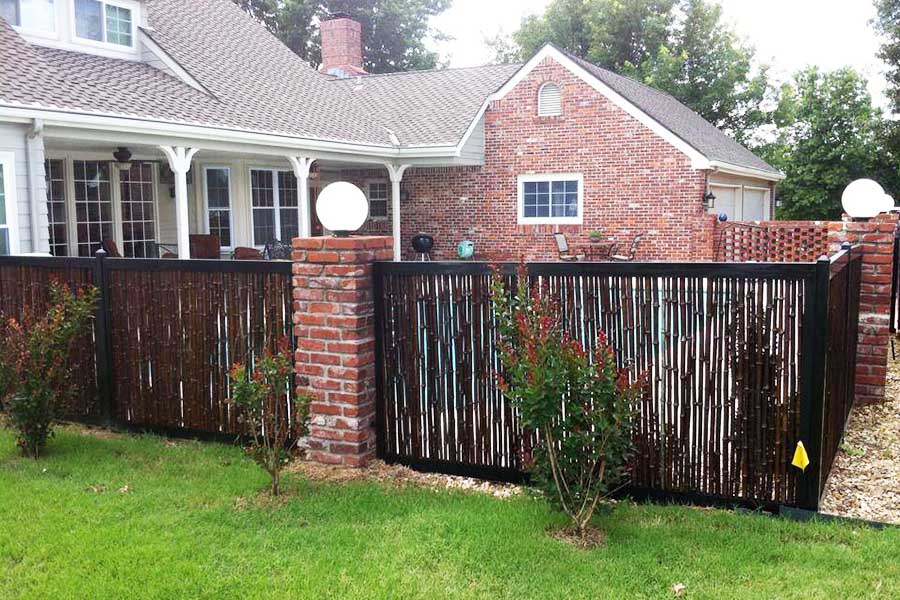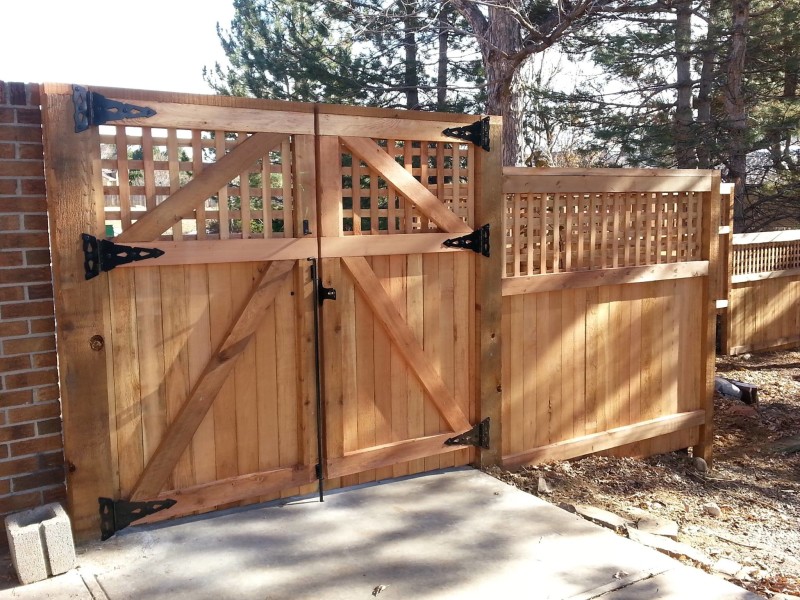All Categories
Featured

Fencings are a vital part of your property, providing personal privacy, safety, and visual worth. Nonetheless, they are constantly subjected to the elements and can suffer from weather-related damage gradually. Whether it's strong winds, rain, snow, or extreme warmth, climate condition can slowly damage your fencing, leading to costly fixings or replacement. Fortunately, there are a number of actions you can require to safeguard your fence from weather-related damage and extend its life-span. Below's just how you can guard your fence versus the components.
- Pick the Right Product. The kind of material your fence is made from plays a significant duty in exactly how well it will certainly endure climate condition. Some products are naturally more resistant to damages than others. :
Wooden Fences: While classic and gorgeous, timber can be at risk to dampness, rot, and pests. Nevertheless, pressure-treated timber or cedar can use better resistance to these concerns. Vinyl Fences: Vinyl is extremely resistant to wetness, rot, and pests. It additionally stands up well to severe sunlight and hefty rainfall. Metal Fencings: Wrought iron or aluminum fences are durable and can endure a range of weather. They can, nonetheless, experience corrosion gradually, especially if not properly coated. Composite Fences: Made from a combination of wood fibers and plastic, composite fences are extra immune to weather-related damage contrasted to typical wood fences. Choosing the appropriate product for your region's environment is the very first step in shielding your fencing from climate damages.
- Seal or Discoloration Wooden Fences. Wooden fences are specifically vulnerable to damage from dampness, UV rays, and temperature variations. One of the most effective methods to secure your timber fence is by applying a safety sealant or discolor. These products help:
Prevent Water Damages: Sealants develop a waterproof obstacle, stopping wetness from permeating right into the timber and creating rot, mold, or mold. Secure Against UV Damages: A great tarnish or sealer will also obstruct unsafe UV rays from the sun, which can cause wood to dry, crack, and stain over time. Protect the Fencing's Look: Routine discoloration aids preserve the all-natural elegance of the wood and prolongs its life expectancy. It's suggested to reapply the tarnish or sealant every 1-- 2 years to maintain your fence excellent condition.
- Set up a Barrier for Wind Defense. Strong winds can trigger considerable damage to your fence, specifically if it is weak or tall. Wind can bend or damage wooden panels, loosen fence messages, and even create the whole fence to collapse. Setting up a windbreak-- such as planting shrubs, hedges, or setting up a mesh obstacle-- can assist secure your fence from high winds.
Furthermore, you can reinforce the blog posts with concrete or metal dental braces to supply added security and avoid leaning or shifting.
- Trim Overhanging Branches. Overhanging tree branches can pose a major danger to your fencing during storms or high winds. Dropping branches can break panels or harm the fencing blog posts, leading to expensive repair work. On a regular basis cut any kind of branches that hang over your fencing, especially if they're in close closeness to it. Keeping the branches reduced back lowers the risk of branches breaking short and creating damages to the fence.
- Routine Evaluations and Upkeep. Doing normal maintenance and examinations is essential to catching possible issues prior to they escalate. After a heavy tornado, inspect your fencing for any signs of damage, such as loose panels, leaning messages, or busted areas. Taking care of little problems prior to they become bigger ones can assist prolong the life of your fence.
Additionally, cleansing your fencing regularly to get rid of debris, mold and mildew, or dirt can aid preserve its look and honesty. For wooden fences, delicately pressure wash the surface area to remove built-up grime, and for vinyl fencings, make use of a light detergent to clean any type of stains.

- Guarantee Proper Water Drainage. Water damage is one of the most usual weather-related concerns that impact fences. Poor water drainage can lead to standing water around your fence posts, which can cause the articles to rot or damage over time.
- Apply a Safety Covering to Metal Fences. Metal fencings, such as those constructed from iron or steel, are highly sturdy yet can be vulnerable to rust otherwise properly kept. Using a protective layer or paint that is specifically designed for metal can aid prevent rust and corrosion. Make sure to inspect the fencing periodically for any kind of signs of corrosion, and address it promptly by fining sand and painting the influenced locations.

Conclusion. Your fence is a useful investment, and shielding it from weather-related damage will certainly assist make certain that it proceeds to serve its function for many years to come. By choosing the best materials, frequently preserving your fencing, and taking steps to shield it from the aspects, you can minimize weather-related damage and prolong its lifespan. Whether you're managing solid winds, hefty rain, or the severe sunlight, these straightforward actions can go a long means in protecting the problem and look of your fence, saving you time and money in the long run.
Latest Posts
Discover Save Big on Car Maintenance with Montclare Auto Repair’s Special Deals
Published May 31, 25
1 min read
Discover Premier Car Repair Services at Montclare Auto Repair – Quality Service Today
Published May 27, 25
1 min read
Uncover the Leading Auto Repair Coupons in Montclare, Chicago
Published May 24, 25
1 min read
More
Latest Posts
Discover Save Big on Car Maintenance with Montclare Auto Repair’s Special Deals
Published May 31, 25
1 min read
Discover Premier Car Repair Services at Montclare Auto Repair – Quality Service Today
Published May 27, 25
1 min read
Uncover the Leading Auto Repair Coupons in Montclare, Chicago
Published May 24, 25
1 min read